

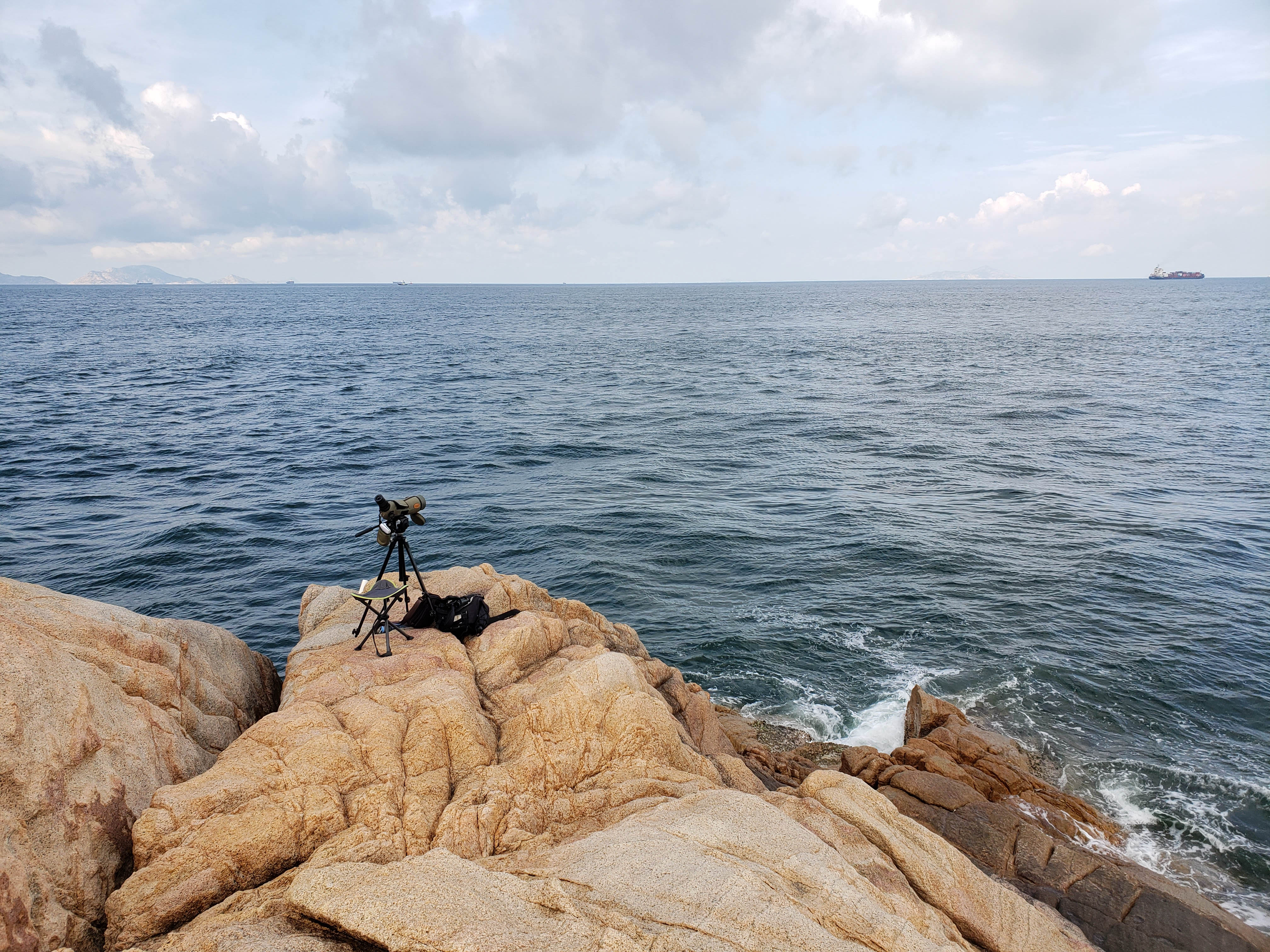
Original posted by orientalstork at 26/07/2021 21:58
I head that you saw quite a few brown boobies and big amounts of streaked shearwaters. Since those records were only from po toi, it might be possible that more are passing through HK, unnoticed. Is i ...

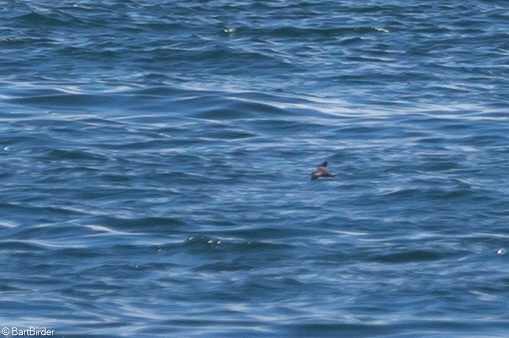
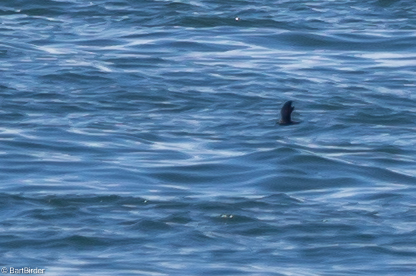
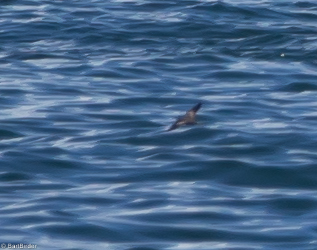
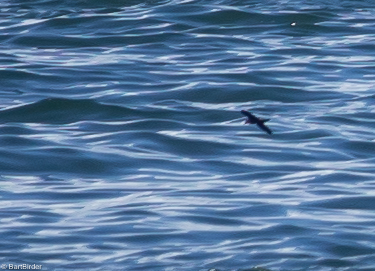
| Welcome to HKBWS Forum 香港觀鳥會討論區 (http://hkbws.org.hk/BBS/) | Powered by Discuz! 6.0.0 |